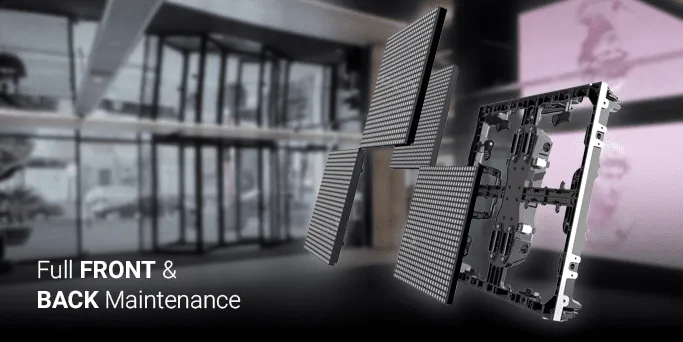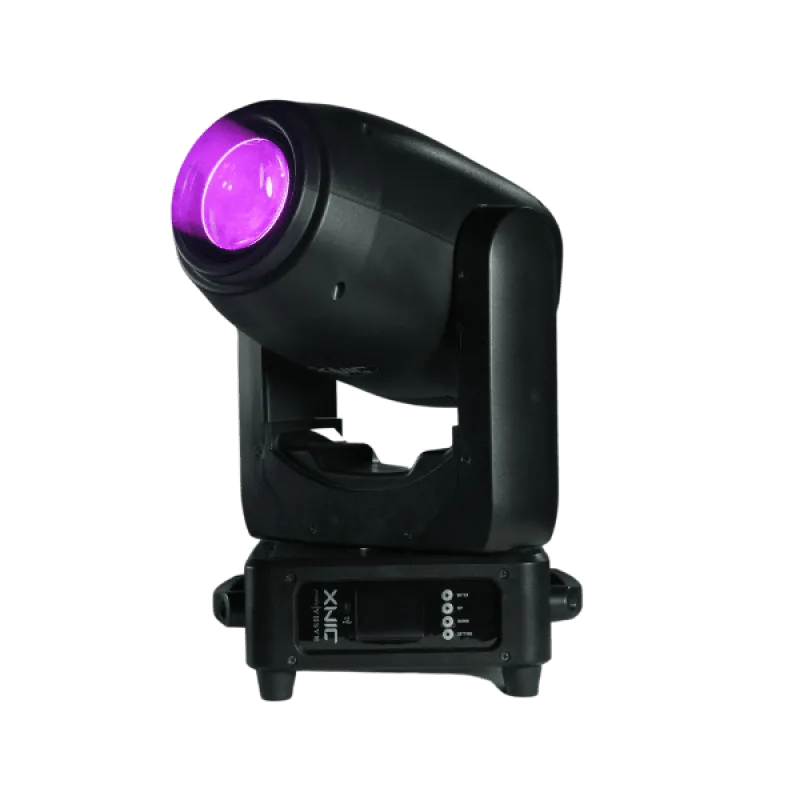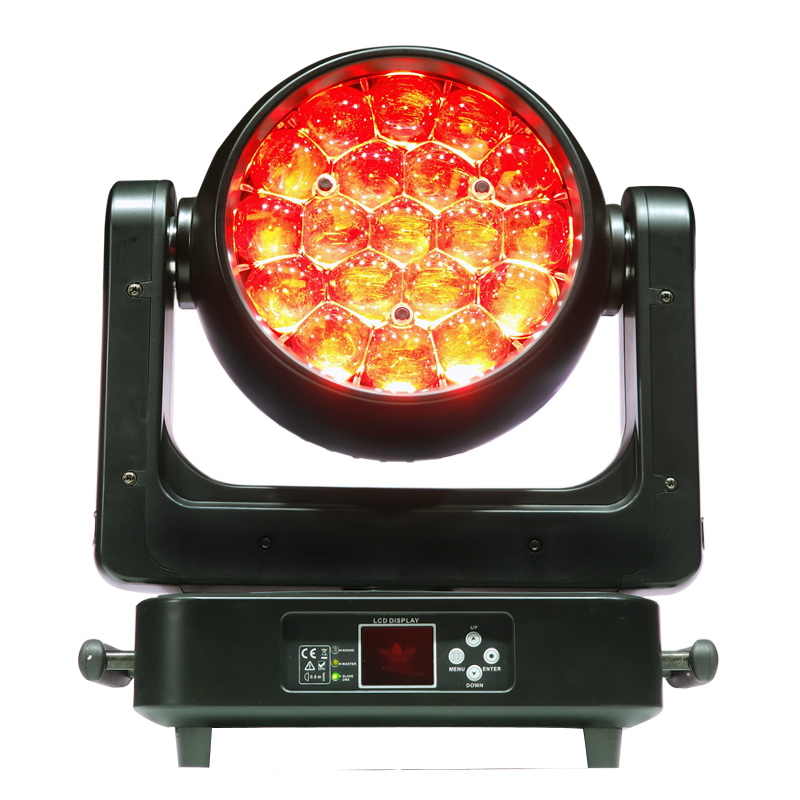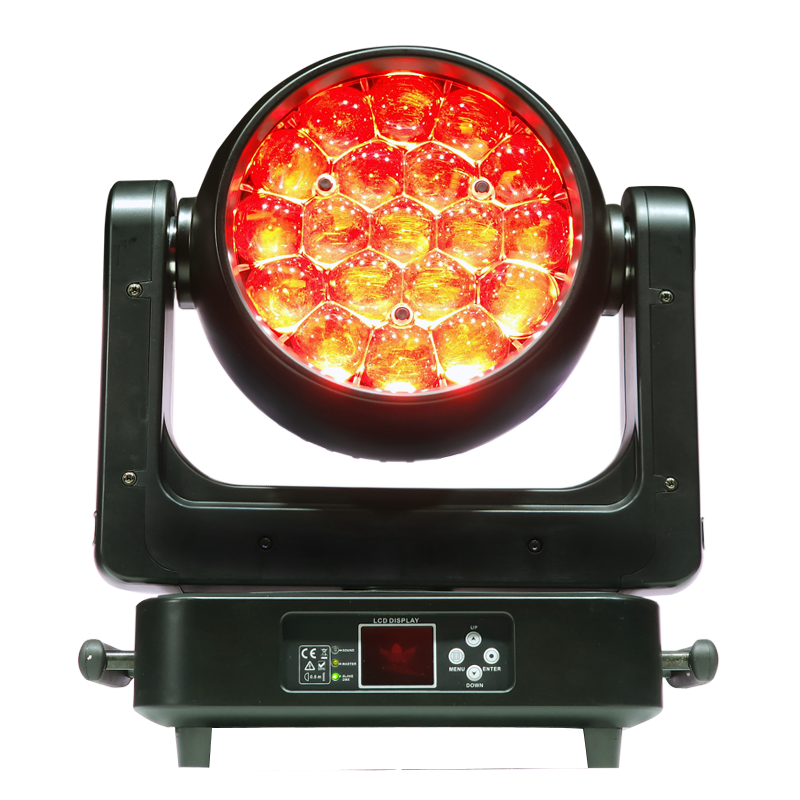Transparent vs Traditional LED Walls: Which Is Better?
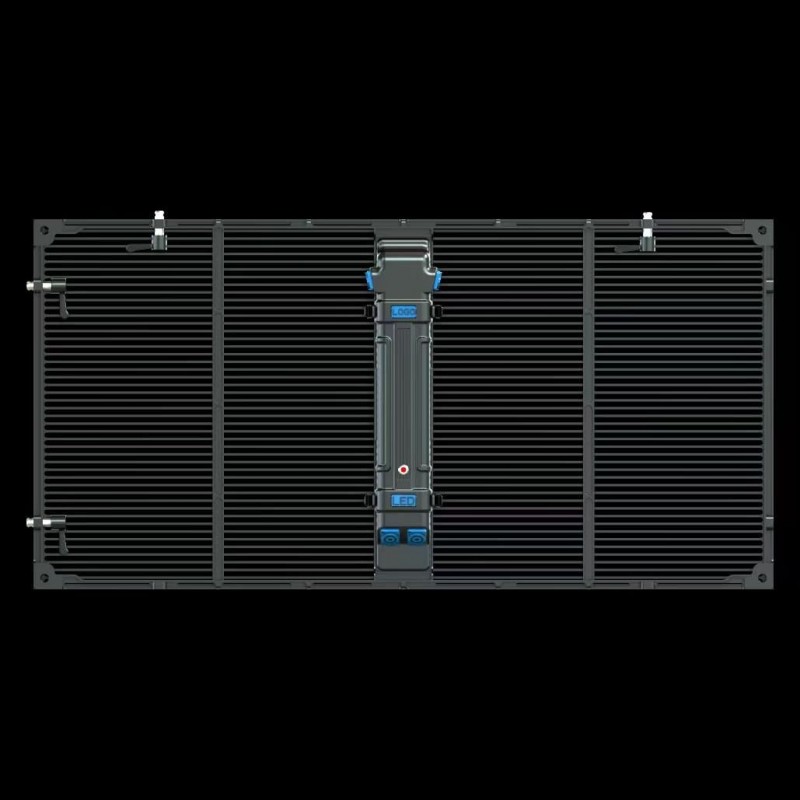
Strong 8k brings an ultra-HD IPTV experience to your living room and your pocket.
In today’s fast-evolving display technology landscape, both transparent and traditional LED walls have taken center stage in transforming how events, retail spaces, concerts, and exhibitions communicate with audiences. Whether you're setting up a high-end storefront or a massive stage backdrop, choosing the right type of LED wall is critical. Buyers now often face the dilemma of deciding between the aesthetic transparency of modern mesh screens and the vivid output of traditional solid panels.
If you're planning to buy transparent LED display solutions, or considering whether traditional LED walls are a better fit for your installation, this guide will help you make an informed decision based on technical insights, performance comparisons, and real-world applications.
What Are LED Walls?
LED video walls are large-scale digital displays made by connecting multiple LED panels to create one seamless screen. These are used across industries – from live concerts and stadiums to retail displays and trade shows.
There are two major types:
Traditional LED Walls: Dense grids of LEDs with high brightness, contrast, and zero transparency.
Transparent LED Walls: Mesh-style displays with see-through structures that allow ambient light and visibility through the screen.
Example: Times Square uses traditional LED walls for outdoor impact, while many modern flagship stores now embed transparent LED screens on their glass facades for futuristic visuals.
Transparent LED Walls: Features and Use-Cases
Transparent LED displays use a mesh design where LED strips are mounted in such a way that they leave gaps, allowing visibility behind the screen.
Key Features:
Transparency Rate: 60% to 90%
Lightweight Panels: Usually 10-14kg/sqm
Brightness: 1000 to 5500 nits (depends on application)
Slim Profile: Ideal for seamless integration into glass structures
Low Power Consumption
Simple Maintenance: Rear or front service options
Top Use-Cases:
Retail Displays: Integrated into shop windows or mall fronts
Architectural Media Facades: Blend display content with building structure
Exhibitions and Trade Shows: Space-saving and highly visible
Concerts and Live Events: Used as futuristic stage backdrops
Example: A luxury brand uses a transparent LED mesh to display dynamic ads on its glass storefront while preserving visibility into the store.
Traditional LED Walls: Features and Use-Cases
Traditional LED walls consist of tightly packed LED modules with no transparency, offering high brightness and dense pixel resolution.
Key Features:
Brightness: Up to 8000 nits
Pixel Pitch Options: As fine as 1.2mm
High Contrast and Color Uniformity
Robust Construction: Durable in harsh environments
Weatherproof Options: Suitable for outdoor (IP65+)
Top Use-Cases:
Concert Stages: High brightness and content clarity
Sports Stadiums: Large-scale, impact-driven displays
Corporate Events: Indoor HD presentations and backdrops
Billboards: High visibility under direct sunlight
Example: A major festival installs a traditional LED wall as the main stage background, delivering crystal-clear visuals visible even from 100 meters away.
Head-to-Head Comparison: Transparent vs Traditional LED Walls
Narrative Comparison:
Transparent LED walls win in terms of design integration, weight, and energy efficiency.
Traditional LED walls provide better visibility in sunlight and more detailed video quality.
For daytime outdoor events, traditional LED walls remain superior.
For high-end retail or architectural design, transparent displays offer a unique blend of digital content and real-world visibility.
When to Choose Transparent LED Walls
Choose transparent LED displays when:
You need to preserve visibility through glass (e.g., a storefront)
Aesthetic integration with the building architecture matters
Your content is more ambient or decorative
You want natural light in indoor spaces
Use-Case Example:
A corporate showroom wants to display branding visuals but doesn’t want to block sunlight through its glass wall. Transparent LED mesh panels allow dynamic displays without compromising daylight or interior design.
When to Choose Traditional LED Walls
Choose traditional LED displays when:
You require maximum brightness and detail
The LED wall is the main attraction (concert or billboard)
Visibility from far distances is crucial
You need weatherproof, rugged solutions for outdoor setups
Use-Case Example:
A sports stadium installs 500 sqm of P3 traditional LED video wall for scoreboard visuals, fan interactions, and advertisements visible to every seat in the arena.
Buyer Considerations Before Choosing
Before investing in any LED wall, assess these factors:
1. Viewing Distance
Transparent: Ideal for mid-range to close-range views
Traditional: Can serve both close and long-distance viewers
2. Pixel Pitch Requirements
The lower the pitch, the higher the resolution
Transparent walls typically have higher pixel pitch
3. Lighting Conditions
Transparent displays perform better indoors or shaded areas
Traditional LED excels in bright sunlight
4. Installation Surface
Transparent: Perfect for glass surfaces
Traditional: Requires rigid frame or truss support
5. Budget
Transparent LED walls may cost more due to new tech and design
Traditional walls offer cost-effective pixel density
6. Environment
Transparent: Indoor and semi-outdoor applications
Traditional: Indoor or outdoor with IP ratings
Industry Examples and Case Studies
1. Retail Showcase – Transparent LED
A global sportswear brand uses transparent LED walls on their flagship store in Shanghai. The transparent panels promote upcoming products while maintaining full visibility into the interior, increasing walk-in traffic by 28%.
2. Concert Stage – Traditional LED
An international EDM festival installs 400 sqm of traditional P2.9 LED panels. The LED wall forms the centerpiece of the stage, with 8000-nit brightness ensuring clear visuals even in daylight.
3. Corporate Branding – Transparent LED
A luxury automobile showroom uses transparent LED displays integrated with their glass architecture, streaming real-time social media feeds, promotional clips, and interactive graphics.
FAQs: Transparent vs Traditional LED Walls
Q1: Are transparent LED screens good for video content?
Yes, while they may not match traditional walls in pixel density, they can effectively display motion graphics, text, and promotional videos.
Q2: Can transparent LED walls be used outdoors?
Some transparent models are IP54/IP65 rated but are better suited for semi-outdoor or indoor applications.
Q3: Do transparent LED displays support interactivity?
Yes, with touch integration and media server syncing, they can support interactive experiences.
Q4: What is the lifespan of transparent vs traditional LED walls?
Both have similar lifespans: 50,000 to 100,000 hours depending on use, maintenance, and environment.
Q5: Can I install a transparent LED wall on any glass surface?
Yes, as long as the structure supports the panel's weight and the necessary cabling, these can be mounted with adhesive, brackets, or frame structures.
Q6: Which is more energy-efficient?
Transparent LED displays consume up to 30% less power compared to traditional LED walls due to fewer LEDs and better airflow.
Conclusion
Transparent and traditional LED walls each bring distinct benefits and challenges. Transparent LED displays are ideal for design-centric, brand-forward spaces that require elegance and ambient visibility. Traditional LED walls remain the powerhouse choice for maximum visual impact, especially in challenging lighting conditions or large-scale outdoor environments.
Ultimately, the choice depends on your project needs, venue type, audience expectations, and budget.
If you're ready to buy transparent LED display solutions for your next event or space, ensure you work with trusted providers who offer technical support, pixel pitch customization, and quality assurance.
Note: IndiBlogHub features both user-submitted and editorial content. We do not verify third-party contributions. Read our Disclaimer and Privacy Policyfor details.



